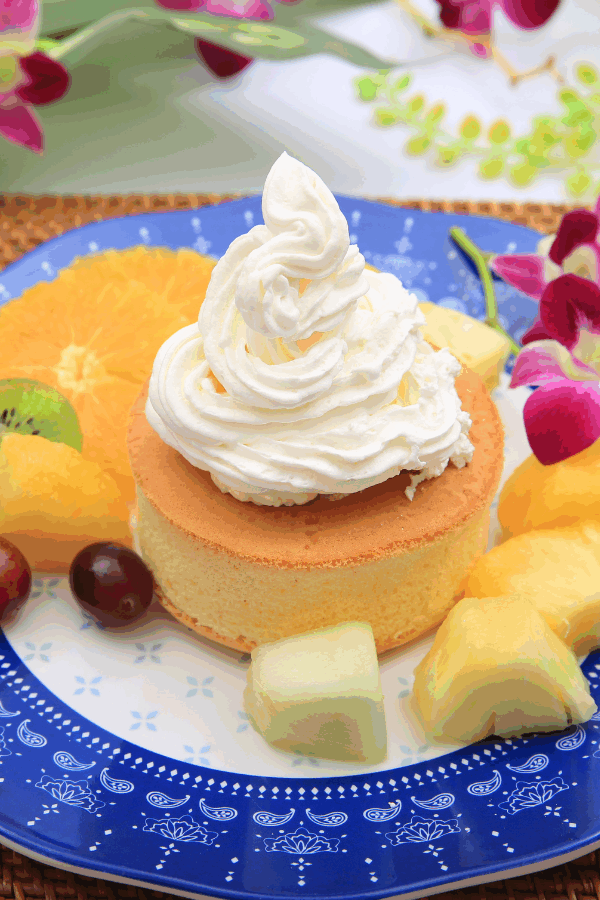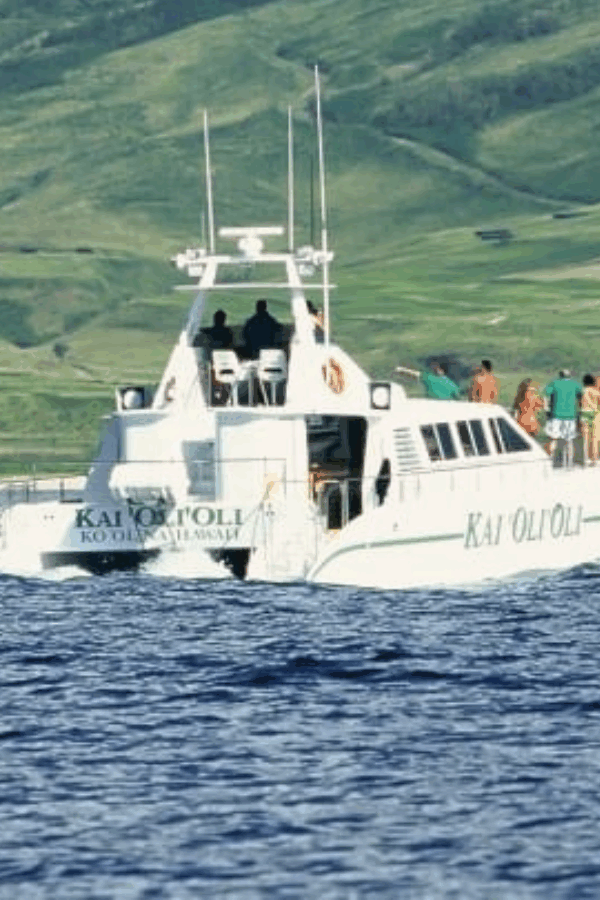Exploring the vibrant history of Oahu is akin to embarking on an intricate journey through time. Each chapter of this journey reveals the spirit of the island and its people—resilient, dynamic, and rich with tradition. This comprehensive outline aims to cover the rich and diverse history of Oahu, from its earliest settlements to its modern-day challenges and achievements, ensuring a detailed exploration of its historical and cultural evolution.
Pre-Colonial Era
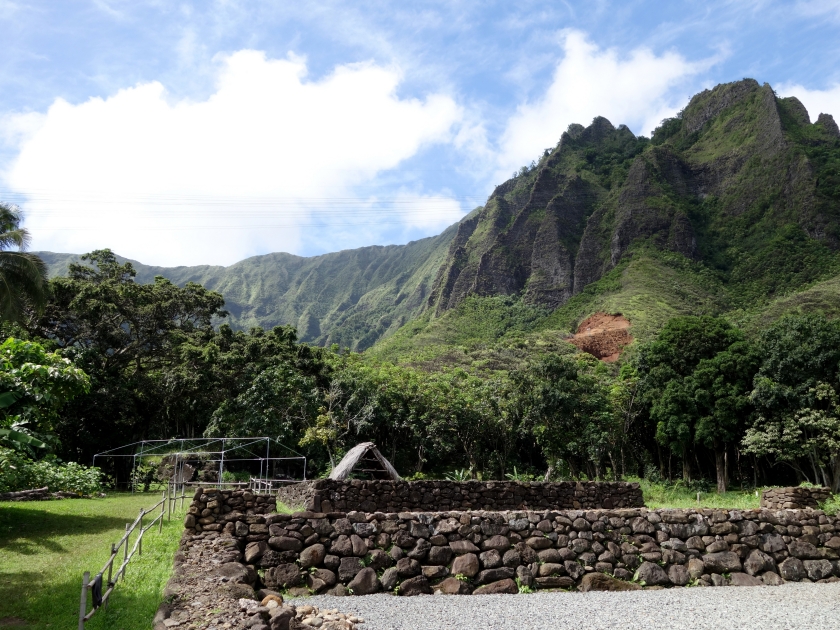
Long before the West discovered its shores, Oahu thrived under the ingenuity and resilience of its native inhabitants. Early Polynesians, navigating by the stars, arrived on these islands, bringing with them the taro plant, which, along with fishing, underpinned the early economy and society. They organized themselves into a sophisticated hierarchical system, led by the ali’i (chiefs), with the kapu system regulating social order and religious practices. The innovative ahupua’a land division system, extending from the mountains to the sea, allowed for sustainable resource management, ensuring community self-sufficiency and fostering a deep connection with the land (‘aina). Heiaus, or sacred temples, dotted the landscape, serving as spiritual and social hubs where ceremonies connected the people to their gods, the environment, and each other, illustrating the profound bond between the spiritual and natural world.
First Contact with Europeans
In 1778, Captain James Cook’s arrival in the Hawaiian Islands marked a pivotal moment for Oahu and its Native Hawaiian society, introducing the islands to the European stage with profound and lasting impacts. This first recorded European contact brought about significant changes in the indigenous society, economy, and political structures of Oahu. The introduction of Western ideologies, technologies, and diseases, to which the Hawaiians had no immunity, led to devastating epidemics that dramatically reduced the native population. The implementation of new land division systems, such as the ‘Great Mahele,’ fundamentally changed land ownership and usage, eroding the traditional communal land tenure central to Hawaiian culture. This era initiated a deep transformation in Oahu’s social fabric, setting the stage for shifts in governance and power dynamics.
The Unification of Hawaii
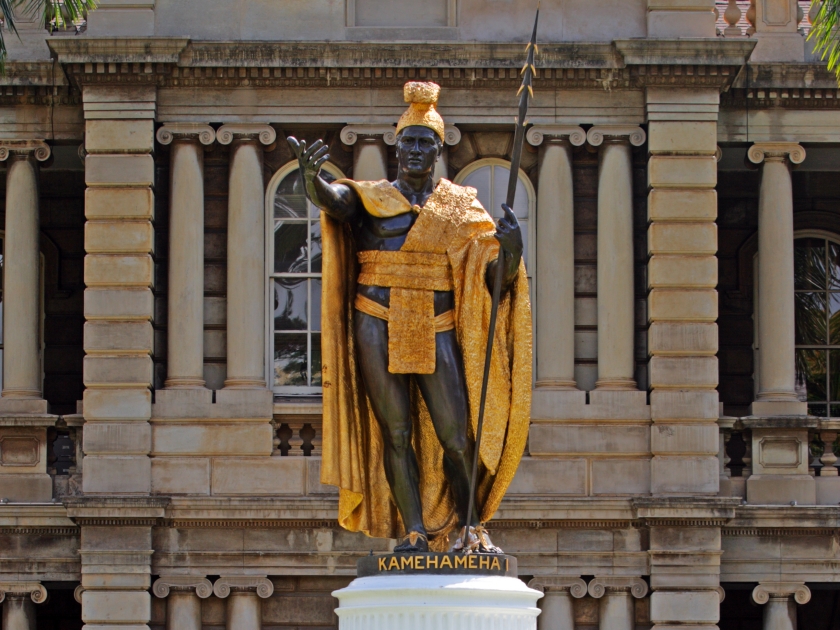
Oahu’s strategic geographical position and fertile lands were crucial during the profound changes of the late 18th century when King Kamehameha I set out on his quest to unify the Hawaiian Islands. His successful conquest of Oahu in 1795 marked a significant milestone in this storied unification process, ultimately leading to the establishment of his kingdom’s capital on the island. Oahu, thus, became a central seat of power and governance from where Kamehameha I would command and consolidate his rule over the archipelago, laying the foundations for the united Kingdom of Hawaii that persisted until the late 19th century.
The Monarchical Era
With the unification of the islands under Kamehameha the Great, the Kingdom of Hawaii was established, and Oahu rose to new prominence. In 1845, amidst changing political winds, the capital of the Hawaiian Kingdom was moved from the Island of Hawaii to Honolulu on Oahu, signaling the island’s new role as the epicenter of governance and international diplomacy. Honolulu quickly became the heartbeat of the archipelago, serving as the principal harbor, a melting pot of cultures, and the residence of the Hawaiian monarchy, thus shaping Oahu into the pivotal political and social hub it was destined to be.
Missionaries and Traders
The arrival of Christian missionaries on Oahu during the early 19th century marked a turning point in the island’s cultural and spiritual landscape. These missionaries profoundly influenced the indigenous Hawaiian society, not only introducing Christianity but also bringing Western education and literacy. In tandem with the missionaries, traders, and whalers also anchored at Oahu’s ports, bringing with them new goods and technologies that invariably altered the economic tapestry of the island. The burgeoning sandalwood trade, for instance, brought prosperity, but also dependence on global markets. Together, missionaries and traders sowed the seeds for not only an economic transformation but also socio-cultural shifts that would shape the island’s future.
The Sugar Plantation Boom
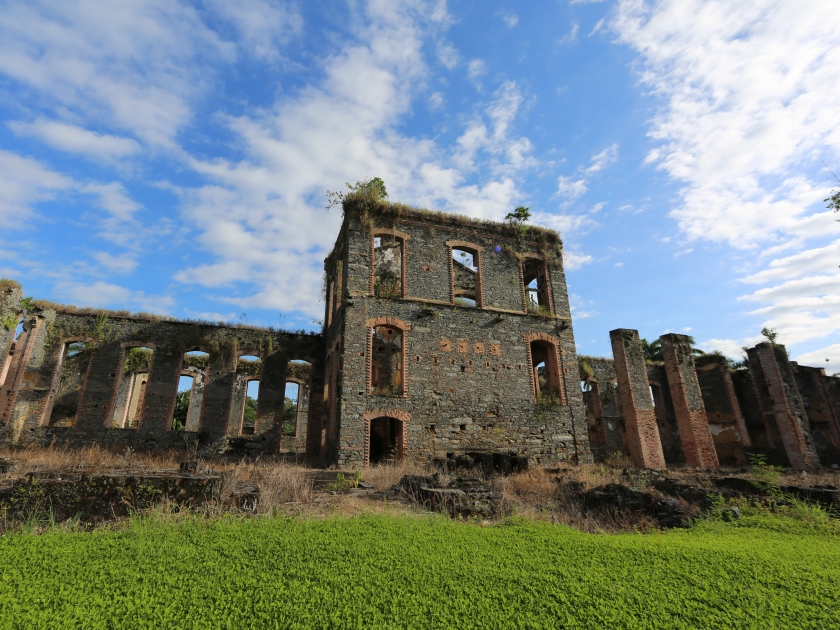
The advent of sugar plantations in the 19th century marked a seismic shift in Oahu’s economic landscape. Sprawling estates replaced traditional taro fields, and the island’s geography was forever altered to accommodate this lucrative crop. As plantations bloomed across the fertile plains, the demand for labor grew, leading to a significant demographic transformation. Workers from China, Japan, the Philippines, Korea, and Portugal immigrated to Hawaii, bringing with them diverse cultures that would weave into the fabric of Oahu’s society. These vast human migrations reshaped the island’s cultural mosaic and redefined Oahu as not just a Hawaiian stronghold, but a unique convergence of global traditions and influences.
The Overthrow of the Hawaiian Monarchy
As the 19th century progressed, Oahu stood at the crossroads of monumental change. The influence of foreign traders and missionaries significantly altered the island’s political landscape. The advent of the sugar plantation boom, driven by Western interests, entrenched a new economic order and brought profound sociopolitical shifts. It was on this very island that the forces leading to the overthrow would coalesce. Western residents and businessmen, who had grown powerful through lucrative sugar interests, formed the Committee of Safety, positioning themselves against the Hawaiian monarchy, which they perceived as an impediment to further economic expansion and political control. Culminating in 1893, the strategic importance of Oahu and its critical role in Hawaiian governance made it the focal point of these irreversible changes, dismantling a kingdom to pave the way for annexation to a growing American empire.
Annexation by the United States
The road to annexation was paved with the strategic interests of the United States, primarily driven by the desire for economic expansion and military might. The pivotal role of Oahu as a port for refueling and resupplying ships crossing the Pacific, coupled with the flourishing sugar industry, escalated American presence and influence on the island. Cries for annexation grew louder as the strategic value of the Hawaiian Islands was increasingly recognized by American lawmakers. Upon annexation, American rule brought significant transformations to Oahu. The introduction of American businesses and infrastructure led to rapid modernization, while military installations, such as Pearl Harbor, fortified the island’s strategic importance. Culturally, the impact was twofold: while there was an influx of American influence, there was also a resurgence in the appreciation and preservation of native Hawaiian culture, practices, and language, reflecting a complex interplay between assimilation and cultural renaissance.
World War II and Pearl Harbor
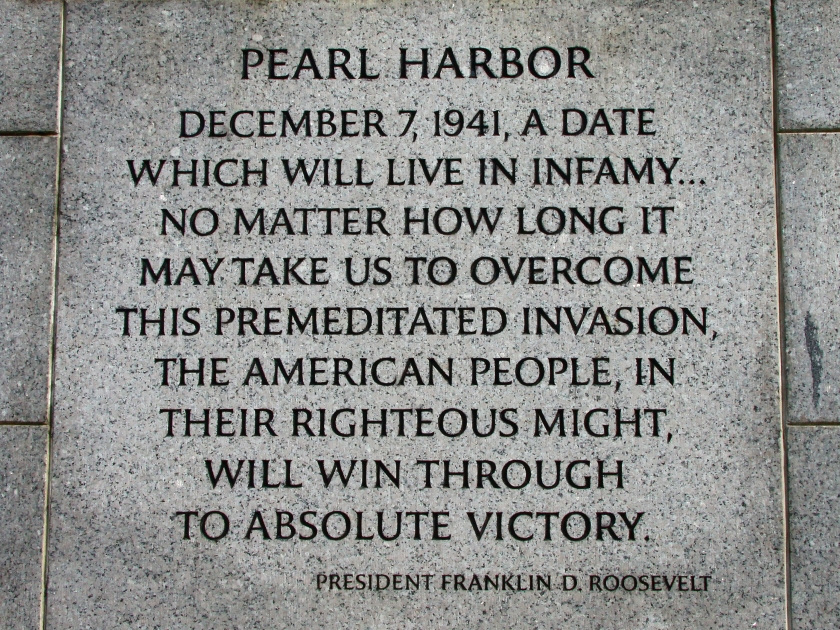
The calm of a Hawaiian morning was shattered on December 7, 1941, as the Imperial Japanese Navy launched a surprise military strike against the United States naval base at Pearl Harbor. In a matter of hours, this brazen attack claimed thousands of lives and dramatically altered the course of World War II. Oahu’s strategic importance was seared into global consciousness, as the United States, stunned by the devastation, formally entered the war the following day. The impact of World War II on Oahu extended far beyond that fateful day. The island transformed into a pivotal military center, as defense installations fortified the landscape and troops swarmed the streets. As the war waged on, Oahu became a staging ground for numerous Pacific campaigns, underscoring its key position in the Allies’ strategic planning. This period signified a turning point, as Oahu and its residents were thrust onto the front lines of a global conflict, forever reshaping the island’s destiny.
Post-War Transformation
The Second World War left an indelible mark on Oahu, significantly altering its social and economic landscape. With the end of the conflict, and the rapid demobilization of the military, Oahu faced a transformative period characterized by a shift from a primarily agrarian economy to one dominated by service and tourism. As the island reconstructed and healed from wartime events, tourism slowly emerged as a thriving industry, propelled by the allure of its natural beauty and the increasing accessibility of air travel. The state’s promotion of Hawaii’s distinct cultural and environmental assets successfully captured the imagination of post-war America, enamoring a population eager for leisure and exotic experiences.
Rise of Tourism in Oahu
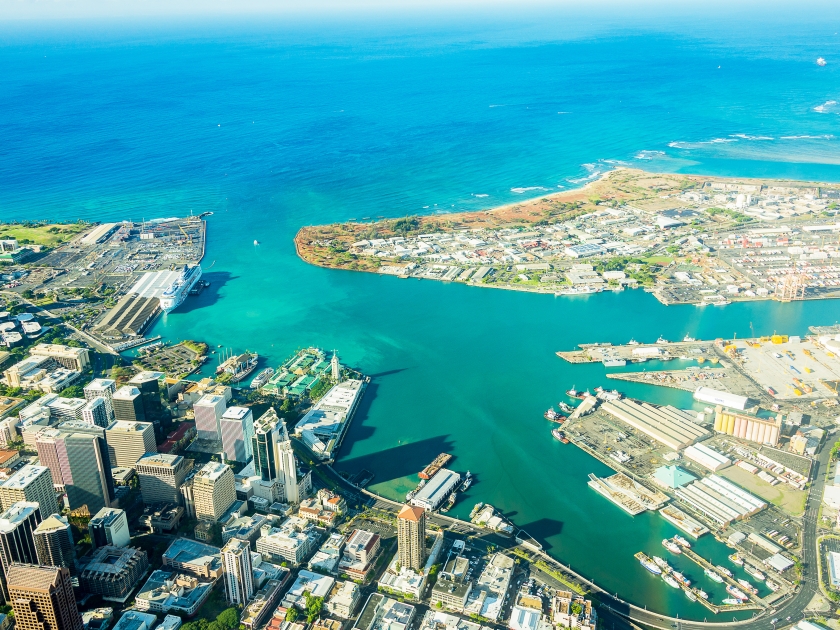
With the arrival of commercial airlines introducing the jet age, Oahu became an accessible paradise for visitors worldwide. Waikiki, with its iconic crescent beach, swiftly transformed from a quiet residential area to a bustling hub of hotels, resorts, and entertainment, showcasing the profound effects of tourism on the island’s economy and way of life. This booming industry created an avalanche of employment opportunities, radically reshaping the island’s demographics and society as it embraced a multicultural identity rooted in the aloha spirit.
The Statehood of Hawaii
In the wake of the post-war era, Hawaii entered a pivotal phase in its journey toward statehood. Admittance to the Union was enthusiastically debated among Hawaiians and on the mainland alike. The strategic position of the islands during World War II had proved their value to America’s defense infrastructure and sparked a renewed scrutiny of Hawaii’s political status. Stirred by a local sentiment that favored self-governance and democratic representation, a widespread movement for statehood began to gain momentum. It was on August 21, 1959, that Hawaii, with its strategic geographical location and rich cultural tapestry, was finally admitted as the 50th state of the United States, marking a monumental milestone in its history and forging a new identity that brought together its unique heritage and American citizenship.
Modern Oahu
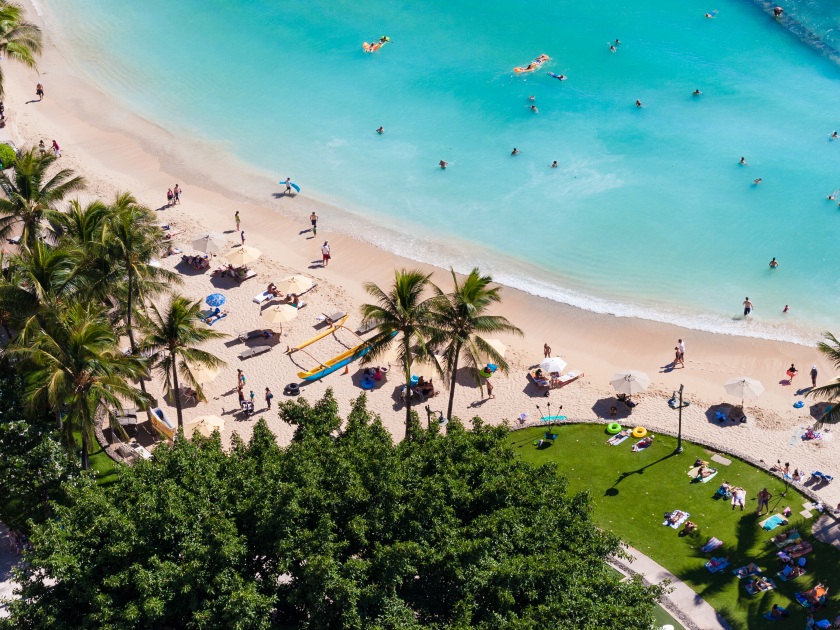
Following the upheavals of World War II, Oahu witnessed a substantial transformation, transitioning from a strategic military base to a burgeoning hub of tourism. The heartbeat of this transition was Waikiki Beach, whose powdery white sands and iridescent waters became synonymous with paradise. The boom took off in the 1950s and ’60s as air travel became more accessible, beckoning travelers from around the globe with the promise of tropical luxury and aloha spirit. The idyllic landscape was rapidly complemented by high-rise hotels, international marketplaces, and entertainment venues, casting Waikiki Beach in its role as the quintessential Hawaiian destination—a place where the essence of Oahu’s allure could be experienced both day and night.
Oahu in the 21st Century
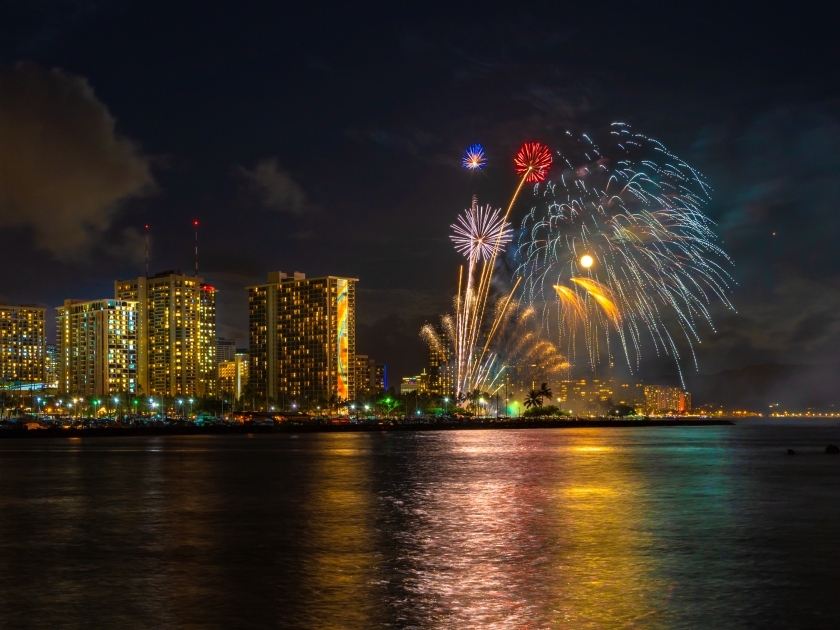
Oahu firmly stands today as a prime example of modern Hawaii, a melting pot where East meets West, and where urbanization harmonizes with traditional Hawaiian culture. As the Hawaiian Islands’ third-largest but most populous island, it epitomizes a fusion of diverse ethnic groups, evidenced in its vibrant culinary scene, lively festivals, and the convivial spirit of “Aloha.” Through this dynamic blend of cultures, Oahu not only preserves its rich heritage but continuously shapes it to embrace the intricacies of its contemporary identity.
Preservation of Culture and Traditions
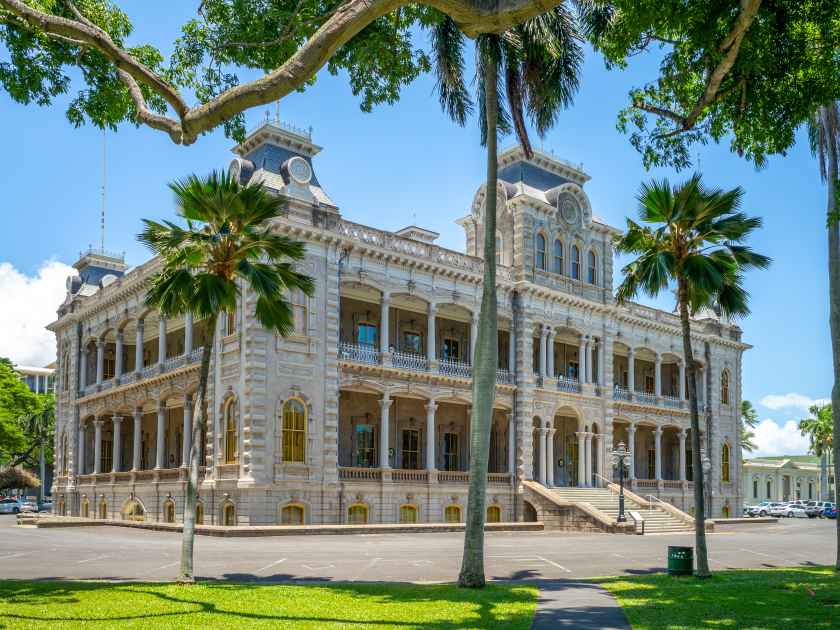
Despite the tidal wave of modern influences, Oahu stands strong as a beacon of Hawaiian heritage through its unyielding efforts to preserve the island’s rich culture and traditions. Heritage sites across the island, such as the sacred Iolani Palace and the iconic statue of King Kamehameha, serve as poignant reminders of a storied past, offering educational insight and fostering respect for the deep cultural roots embedded within the islands. Cultural practices, including hula, oli (chanting), and the art of navigation by the stars, are not merely remnants of history but vibrant elements of contemporary Hawaiian identity, revitalized through festivals, educational programs, and community initiatives. These practices provide a connection to the ‘aina (land) and the kupuna (ancestors), ensuring that the unique and spirited essence of Hawaii continues to thrive for generations to come.
Oahu’s Natural Wonders
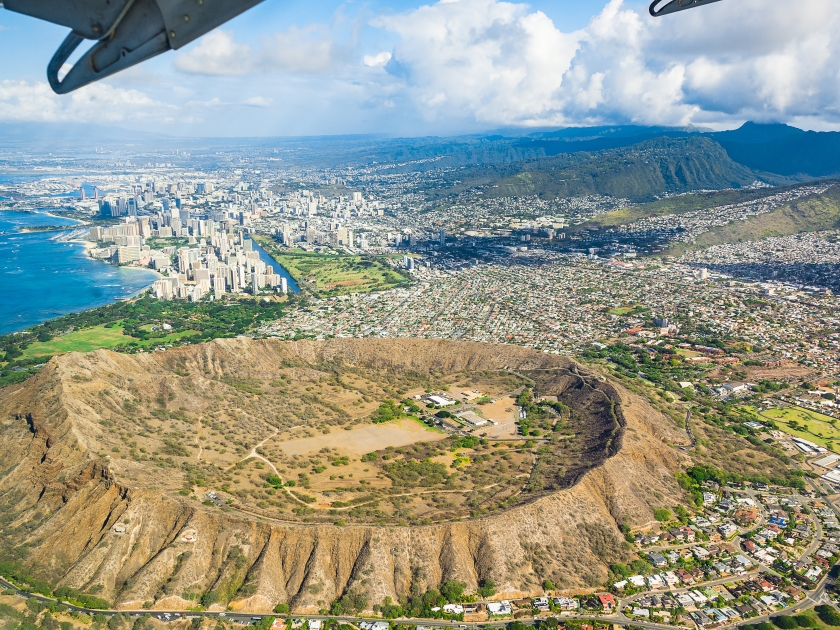
Amidst the bustling cityscape, Oahu’s natural wonders are nothing short of breathtaking. From the majestic, green-clad cliffs of the Nuuanu Pali Lookout offering panoramic views of the windward coast, to the crystal-clear waters of Hanauma Bay, resplendent with a rich tapestry of marine life. The island is home to the iconic Diamond Head Crater, a testament to its volcanic origins and a popular destination for hikers seeking sunrise vistas. Equally captivating are the tranquil Koolau Mountains that stretch across the island, providing a lush backdrop to Oahu’s vibrant communities. These natural landscapes not only enchant visitors but also serve as a reminder of the island’s dynamic geological history, which has shaped Oahu’s identity just as much as its people and culture.
Challenges and Opportunities
As Oahu steps into the future, it faces a delicate balancing act between preserving its rich heritage and embracing the opportunities of the modern world. Challenges such as urban development, environmental threats, and the need for sustainable tourism are at the forefront. These issues require thoughtful strategies to ensure that the island’s ecosystems, cultural sites, and local communities are protected for generations to come. On the other hand, the opportunities for innovation in renewable energy, cultural education, and eco-friendly tourism present Oahu with the potential to set a global standard for sustainable living while bolstering its economy. Navigating these challenges and opportunities is key to honoring Oahu’s past while crafting a resilient and vibrant future.
Notable Personalities from Oahu
- King Kamehameha I: Unified the Hawaiian Islands and established the Kingdom of Hawaii. He also created laws to protect the vulnerable and ensure the prosperity of the islands.
- Queen Liliuokalani: The last sovereign monarch of the Hawaiian Kingdom. She composed the famous Hawaiian song “Aloha ‘Oe” and fought for the rights of native Hawaiians.
- Father Damien: A Roman Catholic priest who dedicated his life to caring for the sufferers of Hansen’s disease (leprosy) at the Kalaupapa colony on Molokai.
- Duke Kahanamoku: Internationally recognized as the father of modern surfing. He Represented the United States in four consecutive Olympic Games, winning gold medals in swimming.
- Senator Daniel K. Inouye: The first Japanese-American to serve in the U.S. House of Representatives and the Senate. He played a pivotal role in helping Hawaii achieve statehood in 1959.
- Governor John A. Burns: Served as the second Governor of Hawaii, overseeing significant economic growth and development. He is known for his work in civil rights, particularly in advocating for Hawaii’s diverse population.
- Jean Charlot: A French-born artist who made significant contributions to the Hawaiian Renaissance with his murals that depicted native Hawaiian culture.
- George Helm: A Hawaiian musician and activist known for his efforts to protect the island of Kahoolawe from military bombing practice
- Israel Kamakawiwo’ole: An influential Hawaiian musician who became famous for his rendition of “Over the Rainbow/What a Wonderful World”. He Actively promoted Hawaiian rights and independence.
These contributors to Oahu’s history represent a tapestry of leadership, activism, and cultural significance that have shaped the island’s identity and place in the world.
Celebrate and Preserve the Multifaceted History of Oahu!
As we reflect on Oahu’s extensive journey through history, it becomes clear that this island represents much more than a picturesque tourist destination; it is a living mosaic of human history. Oahu was instrumental in Hawaii’s trajectory toward becoming a state, intertwining political, economic, and cultural dynamics. The story of Oahu is one of resilience and transformation—an inspiration for all who delve into its history. As we continue to explore Oahu’s past, present, and future, may we be encouraged by the island’s unwavering spirit. The legacy of its people stands as a testament to the power of community and culture in the face of adversity.


